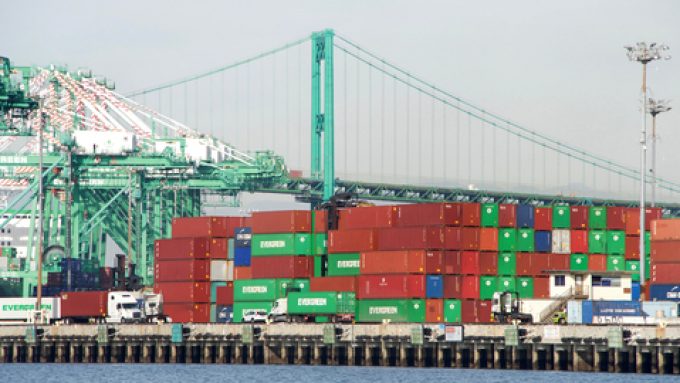Asia-Europe peak season? Mind the capacity gap
With one eye on the boomerang effect

MSC is to increase its peak season surcharge (PSS) between Europe and the US by $1,000 per 40ft on 1 October.
The Geneva-headquartered carrier said its PSS on the route would be $2,700, due to the strong demand for containers and difficulties in finding supplies of them.
Spot rates on the tradelane have leapt by about 180% in the past six months, with today’s Freightos Baltic Index (FBX) component indicating a rate of $5,888 per 40ft.
One UK-based forwarder with substantial cargo flows ...
Maersk u-turn as port congestion increases across Northern Europe
Apple logistics chief Gal Dayan quits to join forwarding group
Maersk Air Cargo sees volumes fall as it aims for 'margin in favour of revenue'
Airlines slash freighter capacity post-de minimis, but 'the worst is yet to come'
Houthis tell Trump they will end attacks on Red Sea shipping
Transpac rates hold firm as capacity is diverted to Asia-Europe lanes
MSC revamps east-west network as alliance strategies on blanking vary
India-Pakistan 'tit-for-tat' cargo ban sparks sudden supply chain shocks

Comment on this article
Gavin Lomax
September 04, 2021 at 1:44 pmWhere do these figures come from I only dream of paying 5k a container I’m currently on a spot rate of 17k